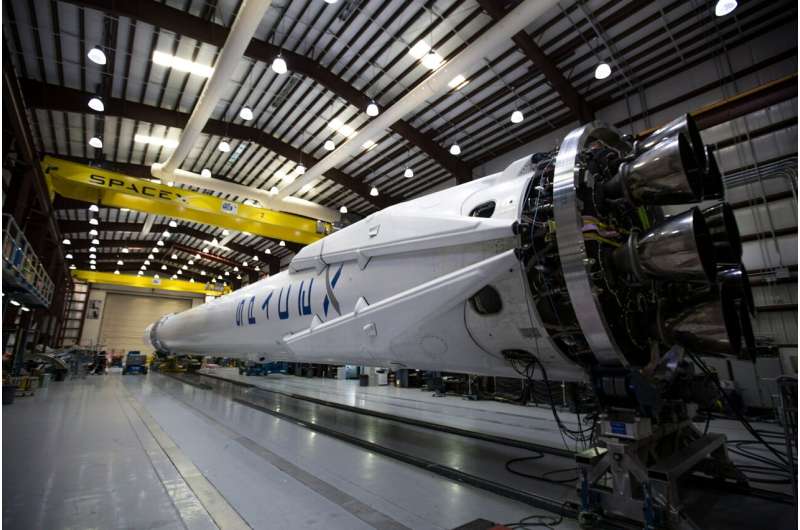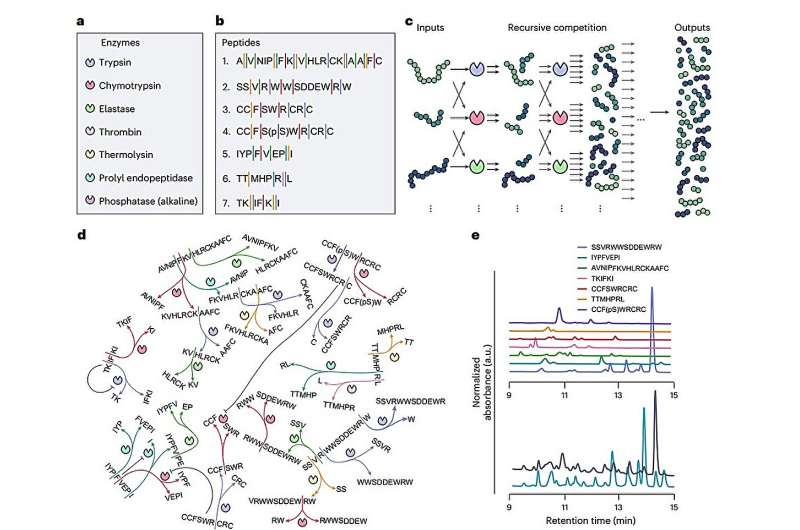A new bi-layer coating technology is set to revolutionize the machining processes across various industries, including aerospace and medical devices. This innovative coating enhances the performance and durability of cutting tools, addressing challenges faced during the machining of hard materials.
The development, detailed in a recent article by researcher Qianxi He, highlights the significance of improving manufacturing techniques that rely on high-speed machining. Traditional materials used in industries such as automotive and oil and gas are often difficult to machine due to their properties. These materials, including austenitic stainless steels and titanium alloys, resist corrosion and exhibit low thermal conductivity, but they also lead to rapid wear of cutting tools.
Breakthrough in Tool Coating Technology
The newly developed bi-layer AlTiN PVD coating represents a leap forward in cutting tool technology. This coating, which consists of two layers with varying compositions of aluminum and titanium, significantly enhances wear resistance and extends tool life. The top layer is designed to reduce friction and improve oxidation resistance, while the sub-layer increases hardness and adhesion to the tungsten carbide substrate.
Testing has shown that this bi-layer coating can increase tool life by an impressive 33% during ultra-high-speed machining of austenitic stainless steel 304 (SS304). This material is commonly used in high-performance applications, such as automotive exhaust systems and medical instruments, due to its strength and corrosion resistance.
The innovative coating was evaluated against traditional single-layer coatings under extreme machining conditions. The results demonstrated that the bi-layer coating effectively reduced both crater wear, which occurs due to high temperatures, and flank wear, caused by mechanical abrasion.
Improving Efficiency and Reducing Costs
One of the most notable advantages of the bi-layer coating is its ability to enhance cutting conditions between tool and workpiece. During the machining tests, the bi-layer tool produced chips with smoother surfaces and more consistent shapes, indicating improved frictional behavior. This reduction in friction not only prolongs tool life but also contributes to a more efficient machining process, requiring less energy to operate.
The implications of this technology are significant for industries that depend on high-speed machining. By lowering cutting forces and improving tool longevity, manufacturers can achieve cost savings and reduced downtime. This advancement could lead to more sustainable and cost-effective production practices across various sectors.
The research underscores the potential of advanced coatings in transforming machining and manufacturing technologies. As industries continue to demand greater precision and efficiency, innovations like the bi-layer AlTiN coating will play a crucial role in meeting these needs. This technology not only enhances productivity but also supports the ongoing evolution of materials science and mechanical engineering in critical sectors such as aerospace, automotive, and medical device manufacturing.







